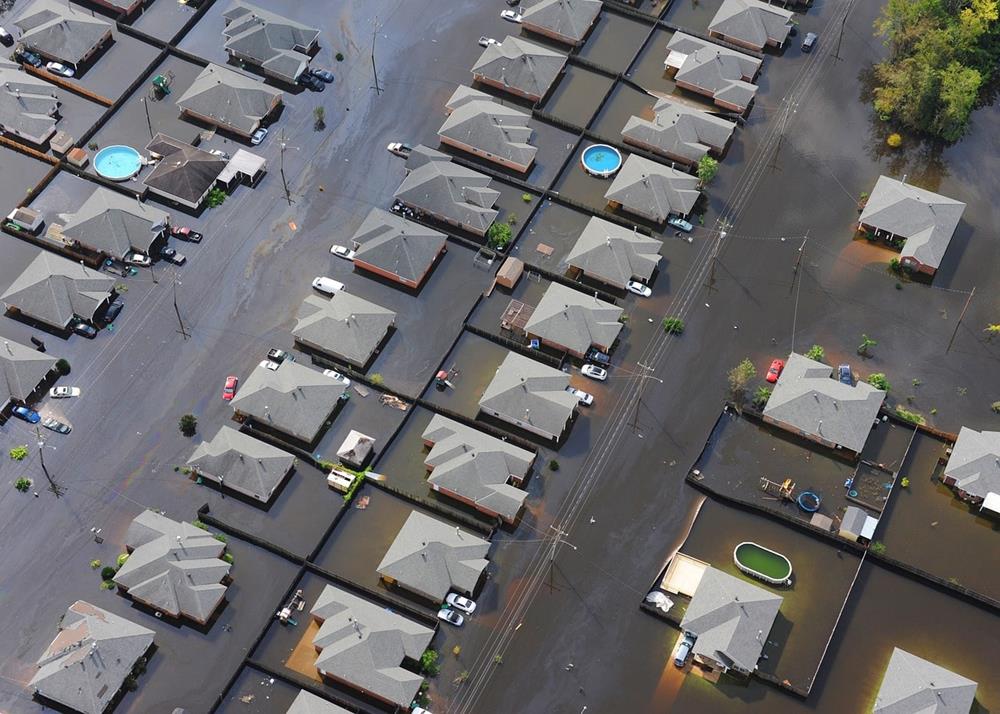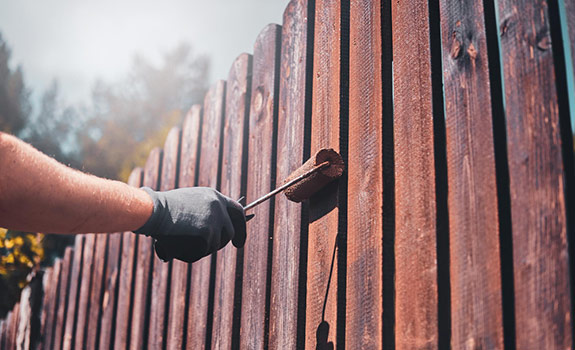Natural floods claim hundreds of lives and cost billions in property and livestock damage all over the globe every year. The recent devastating flooding in Iowa, Nebraska, Wisconsin, and Missouri alone caused damage and economic loss worth $12.5 billion. Unfortunately, natural or even man-made disasters (broken water pipeline) can happen anywhere, at any time.
As a homeowner, you can do very little when a natural disaster, such as a flood, hits your house. Your first concern is the safety of your family. It may take you a while to get back to your house after the flood to assess the damage and start the necessary repairs.
While a disaster preparedness plan can help you deal with a flood situation, it can’t help you take the recovery and prevention measures after the flood. That’s why, you need to learn about the necessary steps you can take after a flood has damaged your home.
Here’s what you can do when you inspect your home after the flood.
Take Additional Safety Precautions
When you come back to your house to assess the damage, you need to stay safe. First, you need to turn off the power if it isn’t out. Being a good conductor of electricity, water can lead to fatal electrocutions. You can also check with local authorities to see if it is safe to visit your house.
The water in your house is also most likely to be contaminated by sewage, germs and bacteria, and household chemicals. So, make sure to wear protective gear such as waist-high rubber boots, N-95 mask, protecting clothing, goggles, and gloves. Check for broken ceilings, floors, walls, and glass to avoid accidents. Don’t use any electrical appliances. Also, avoid removing visible mold as it will only spread the infection further. Throw away any food left in the refrigerator or pantry.
Document the Damage for Your Insurance Claim
A standard home insurance policy is less likely to cover flood damage repair. You will need to take out a flood insurance policy offered through FEMA’s National Flood Insurance Program (NFIP) or a private insurer. Connect to your insurance provider as soon as possible to kick off your claim process.
In most cases, the insurer will send an adjuster to examine the damage caused by the flood. However, if you are in a severely-hit flood area, you may have to take up the documentation work yourself. Take pictures of all the visible damage in and around your house. The more information you can provide, the better.
Gather your policy records, proof of ownership, proof of identification, and any other essential documentation. Remember, if you are insured, you can’t proceed with the repairs without the go-ahead from your insurer. Make sure you have their “OKAY” in writing before starting the repairs.
Remove the Water
Once you get the go-ahead, you need to remove the water first. After the flood water levels have waned, you will still have water clogged in your basement and shallow areas around the house. You can use a sump pump to remove the standing water.
If you need to remove standing water manually, you need to take proper precautions. If you are carrying buckets of water up and down the stairs, make sure there are no obstacles in your path. Fill the bucket with the amount of water you can carry without tripping over or hurting your back. Ask for help if necessary.
Dry Your House
After removing the standing water, you will also need to dry your house as most of the furniture, walls, wooden flooring, and appliances will be soaking wet. Unfortunately, you can retain only dry non-porous objects as most porous items will be damaged beyond repair.
You will need to use a dehumidifier to dry indoors like basements and closed rooms. It can help remove moisture from the air. You can, however, take movable furniture and other objects outside to dry them in the sunlight, if possible.
Make sure to open the windows and doors to let fresh air and sunlight inside and help reduce the dampness and moisture in the air and keep it clean and healthy. Turning on the fans and central heating system may also help you get rid of the excess moisture. But first, make sure it is safe to use the electricity.
Stop the Mold Damage from Spreading Further
Water and moisture make the perfect environment for mold to flourish. So, after a flood, you need to take immediate steps to stop mold from spreading further. If left unchecked, mold can damage the very foundation of your house.
Any porous items such as rugs, bedding, clothes, and carpets that have been soaking in the water for more than 48 hours should be tossed out. This goes for your furniture and wooden flooring as well. You can salvage this mold affected material, but you will need to pay a high price for it. Plus, the mold infection may come back after a few months.
You can start cleaning small mold affected areas by using soap and bleach or pine oil cleaners. However, if the infection is too deep, you will need to call in professional mold cleaners. Ask your insurer if your policy covers the cost of professional cleaners.
Start the Repairs Immediately
Finally, you will need to start the necessary repairs as soon as possible. The extent of damage will determine whether or not you can take the DIY route. Usually, you should handle small repairs and leave the rest to the professionals. You will also need to think about the cost and how much your policy will cover.
You can hire a flood restoration company to take care of all the repairs. Alternatively, you can hire experts to handle specific areas of the house. For example, a plumbing company can take care of your pipes and plumbing, carpenters can restore the furniture, while chimney care provider like Chimcare Seattle can handle the chimney restoration.
Make sure to find accommodation until your home becomes habitable. Staying in a house that’s under repair can lead to accidents and even health issues. Move-in only when your restoration company tells you to.
Wrapping Up
A natural disaster, such as a flood, can gravely damage your house, putting you under a lot of physical, mental, and financial pressure. If you follow these five tips, however, you will be better equipped to handle the challenges that come after a flood. Have you ever faced a natural catastrophe like a flood? What steps did you take to restore your house? Feel free to share your experience in the comments section.







